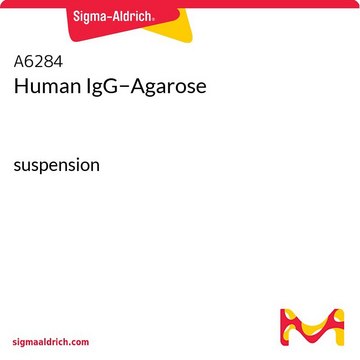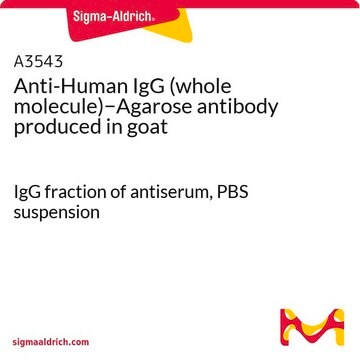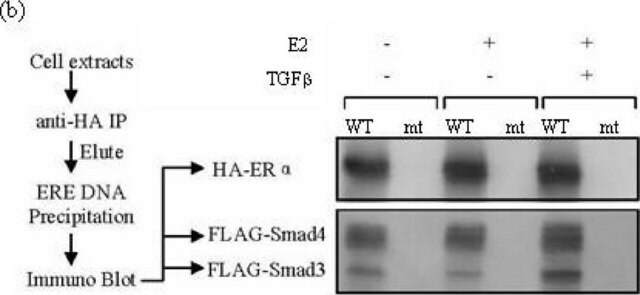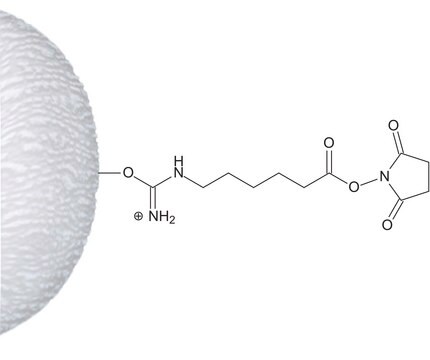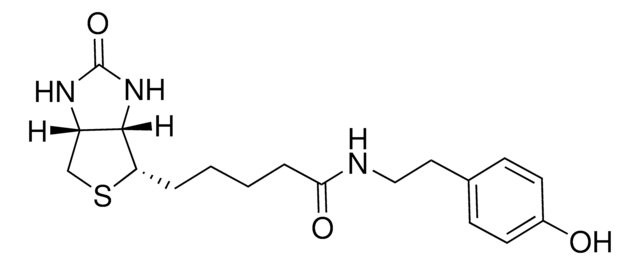A3316
Anti-Human IgG (Fc Specific)−Agarose antibody produced in goat
affinity isolated antibody, PBS suspension
Sinónimos:
Goat anti-human IgG
About This Item
Productos recomendados
origen biológico
goat
conjugado
agarose conjugate
forma del anticuerpo
affinity isolated antibody
tipo de anticuerpo
secondary antibodies
clon
polyclonal
Formulario
PBS suspension
reactividad de especies
human
no debe reaccionar con
rat, mouse
técnicas
Ouchterlony double diffusion: suitable
capacidad
2 mg/mL, resin binding capacity (human IgG)
temp. de almacenamiento
2-8°C
modificación del objetivo postraduccional
unmodified
Descripción general
Goat Anti-Human IgG (Fc Specific)-Agarose antibody is specific for the Fc fragment of human IgG when tested against purified human IgA, IgG, IgM, Fc, and kappa and lambda light chains. No reactivity with mouse or rat IgG is seen by Ouchterlony Double Diffusion (ODD), prior to agarose bead coupling.
Inmunógeno
Aplicación
Otras notas
Forma física
Cláusula de descargo de responsabilidad
¿No encuentra el producto adecuado?
Pruebe nuestro Herramienta de selección de productos.
Código de clase de almacenamiento
10 - Combustible liquids
Clase de riesgo para el agua (WGK)
WGK 3
Elija entre una de las versiones más recientes:
Certificados de análisis (COA)
¿No ve la versión correcta?
Si necesita una versión concreta, puede buscar un certificado específico por el número de lote.
¿Ya tiene este producto?
Encuentre la documentación para los productos que ha comprado recientemente en la Biblioteca de documentos.
Los clientes también vieron
Nuestro equipo de científicos tiene experiencia en todas las áreas de investigación: Ciencias de la vida, Ciencia de los materiales, Síntesis química, Cromatografía, Analítica y muchas otras.
Póngase en contacto con el Servicio técnico
